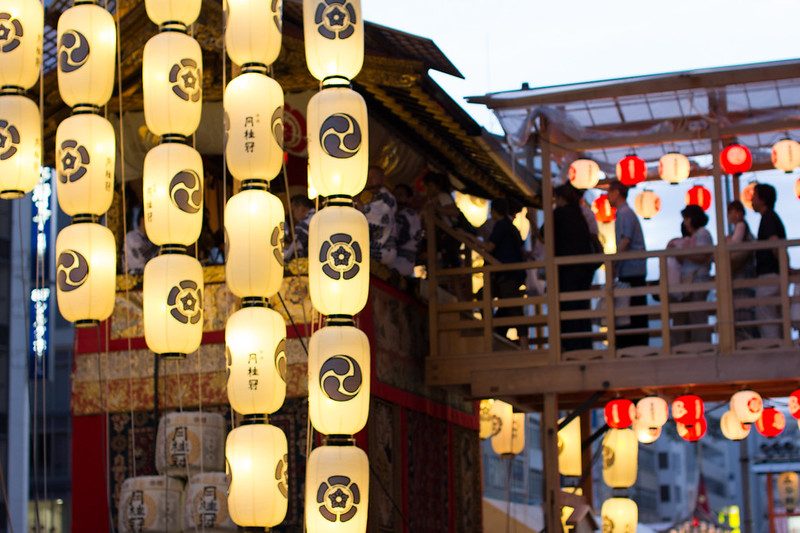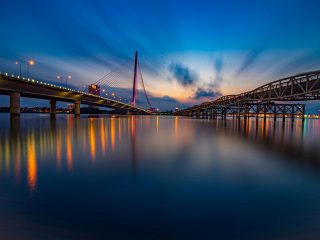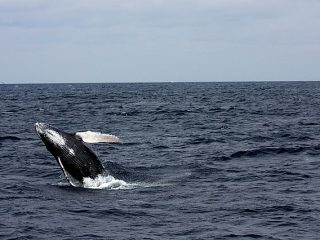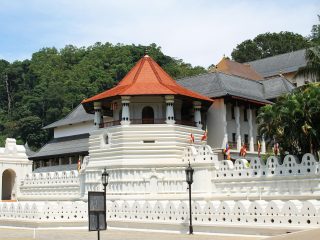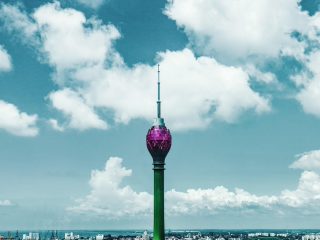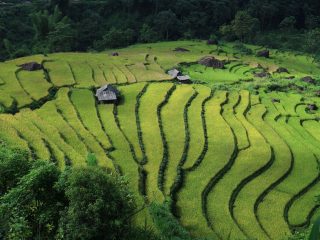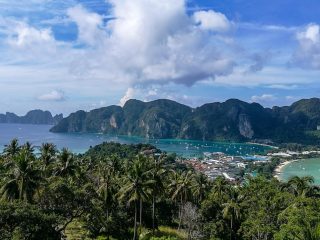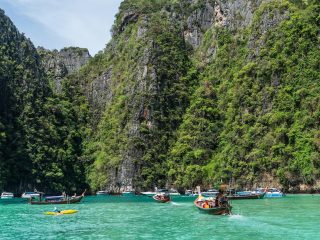As the first rays of the summer sun wash over Kyoto, the ancient capital transforms into a wonderland of festivities. Held every July since the year 869, Gion Matsuri is the city’s biggest festival. Discover the colours and sights of Japan’s most famous festival, with a quick guide to Gion Matsuri.
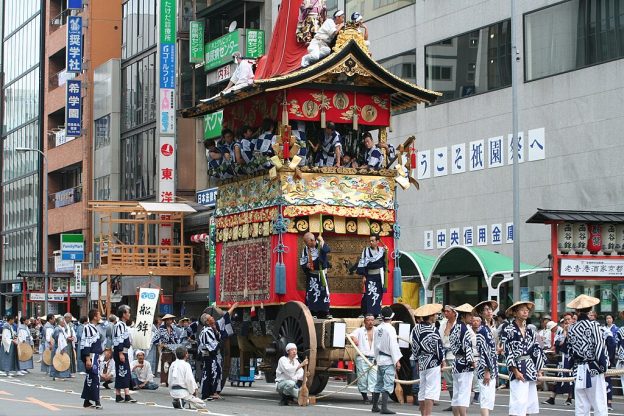
img via wikipedia commons
The Incredible Floats
The floats are inseparable from the festival’s identity. Yama and Hoko are two types of floats used during the spectacular processions featuring elaborate designs and colossal sizes. The July 17th parade is the star of the festivities with the largest number of floats, while the newer procession on the 24th is smaller, yet equally spectacular affair.
Main Locations
The month-long celebration does not exclusively take place in the Gion district. In fact, most of the main events are spread across the historic city. The Yamaboko Junko parade typically takes place along the Shijo and Oike streets, tracing a 3km route.
Meanwhile, the festivities leading up to the anticipated procession are often found near Karasuma and Shijo—just minutes from the best hotels in Kyoto Japan, including acclaimed stays like Park Hotel Kyoto.
Before the Parade
The events preceding Yamaboko Junko are marked with festive evenings: Yoiyoiyoiyama (July 14), Yoiyoiyama (July 15), and Yoiyama (July 16). Once the sun sets, the streets transform into a cacophony of celebration, with street vendors and other festival features.
The Smaller Events
Beyond the main events, Gion Matsuri showcases several smaller festivities scattered throughout the month. Mini processions dedicated to local deities and exhibitions of family heirlooms are just some of the few must-see events.

